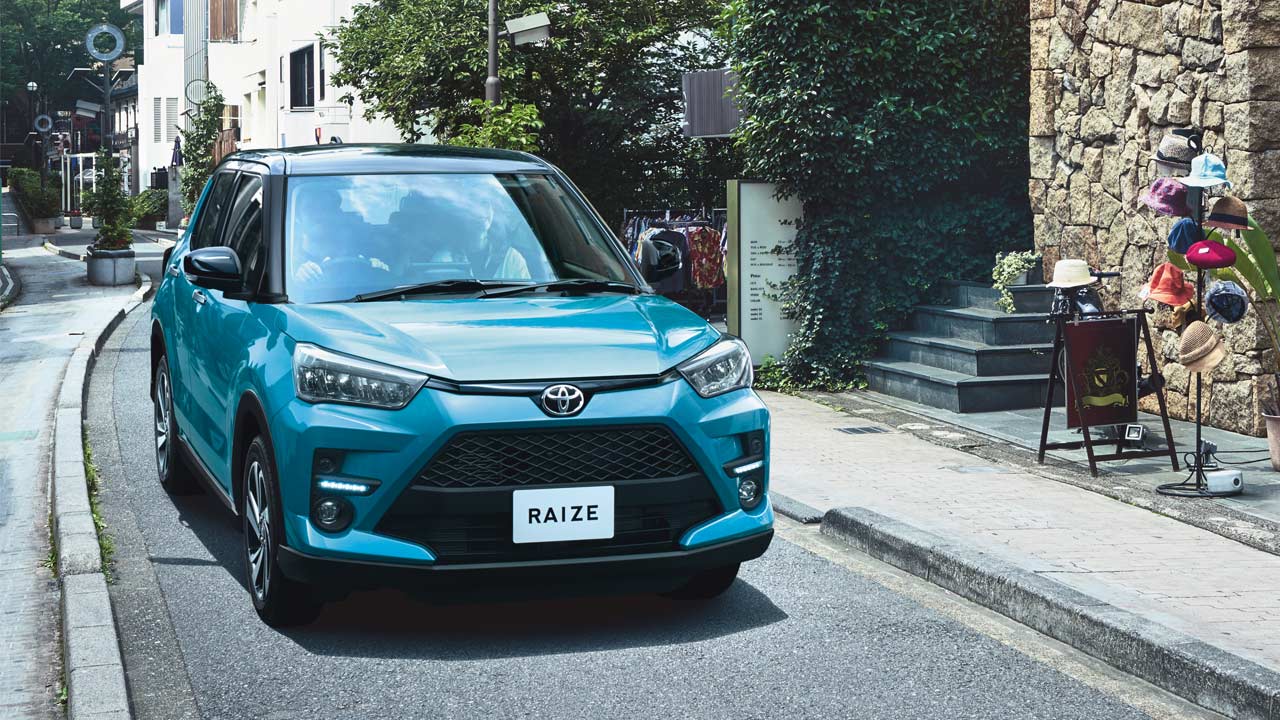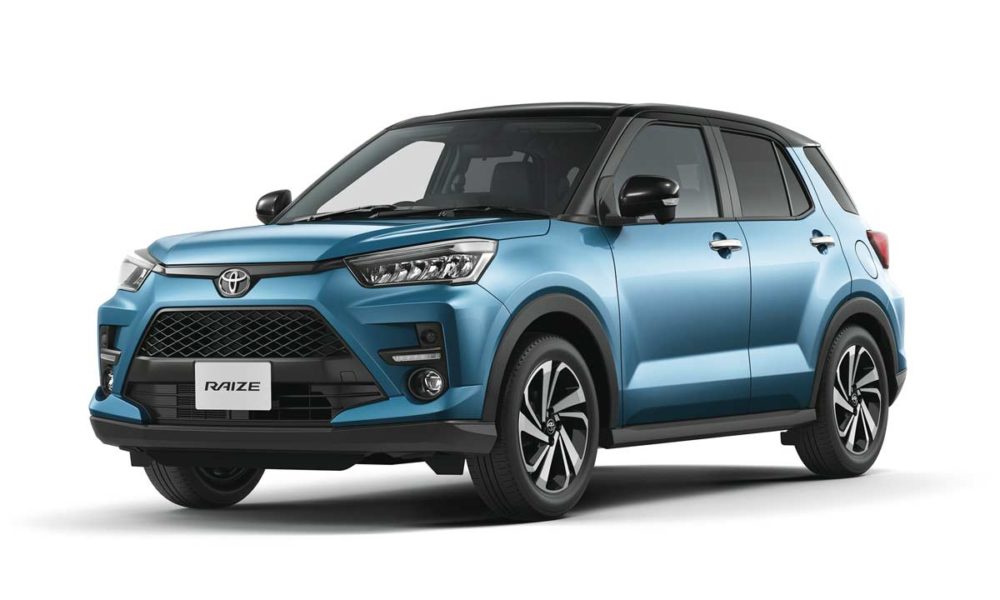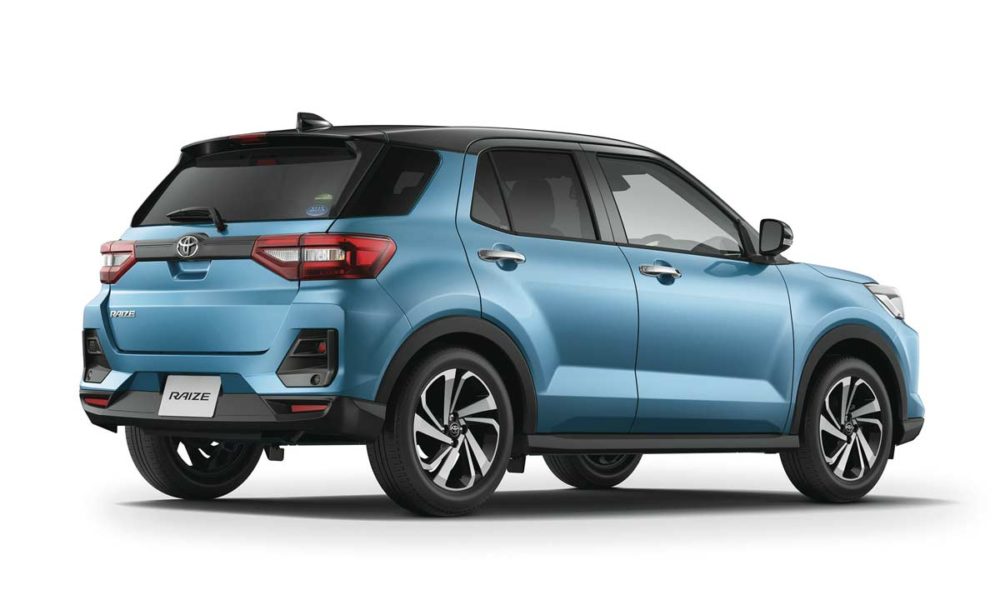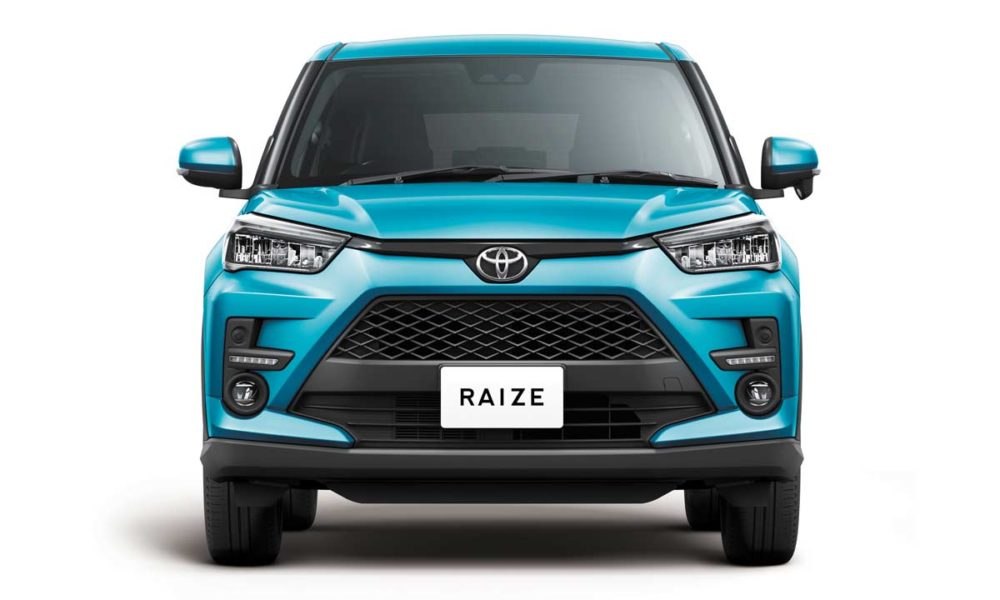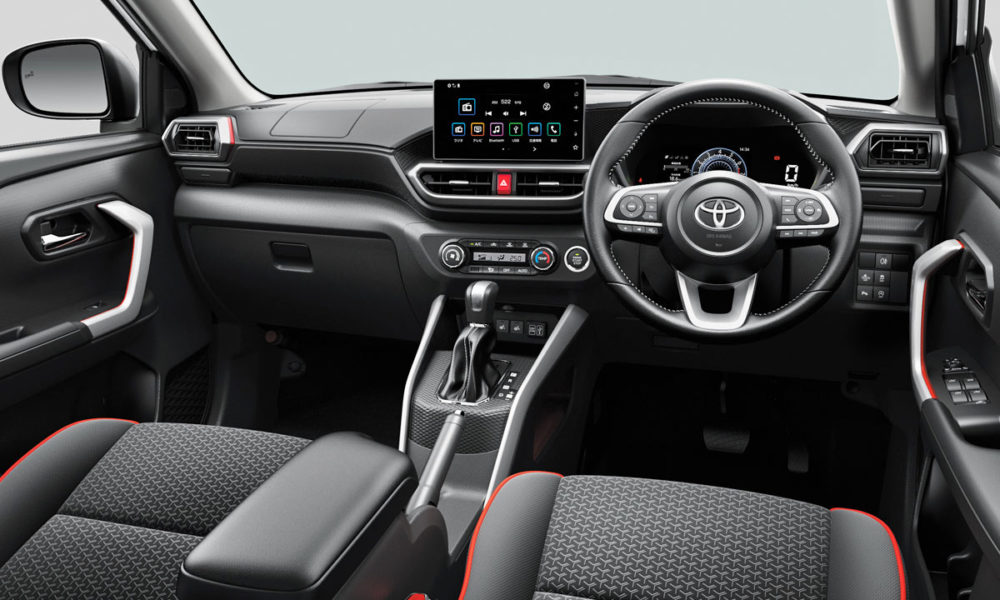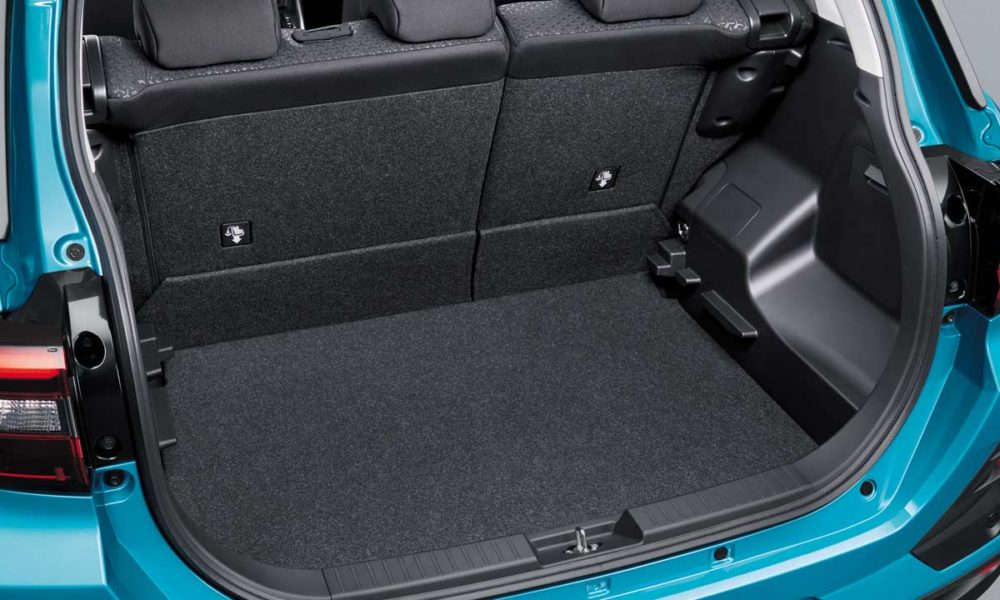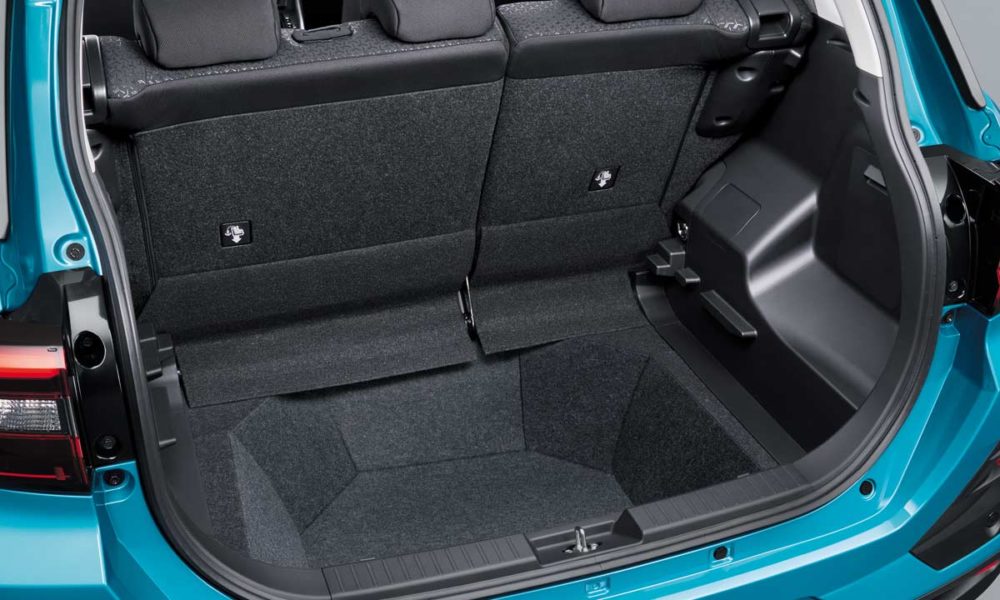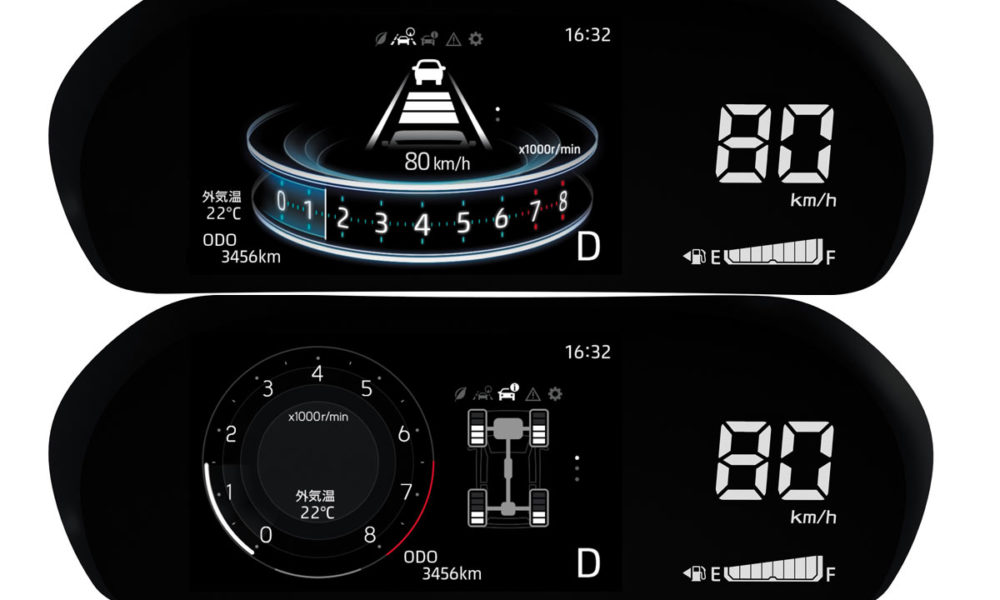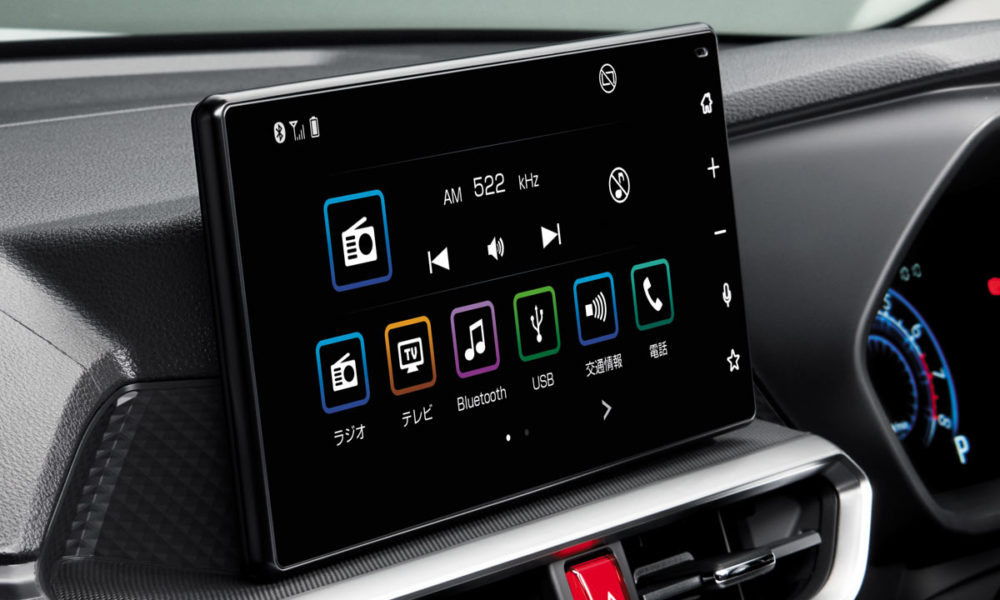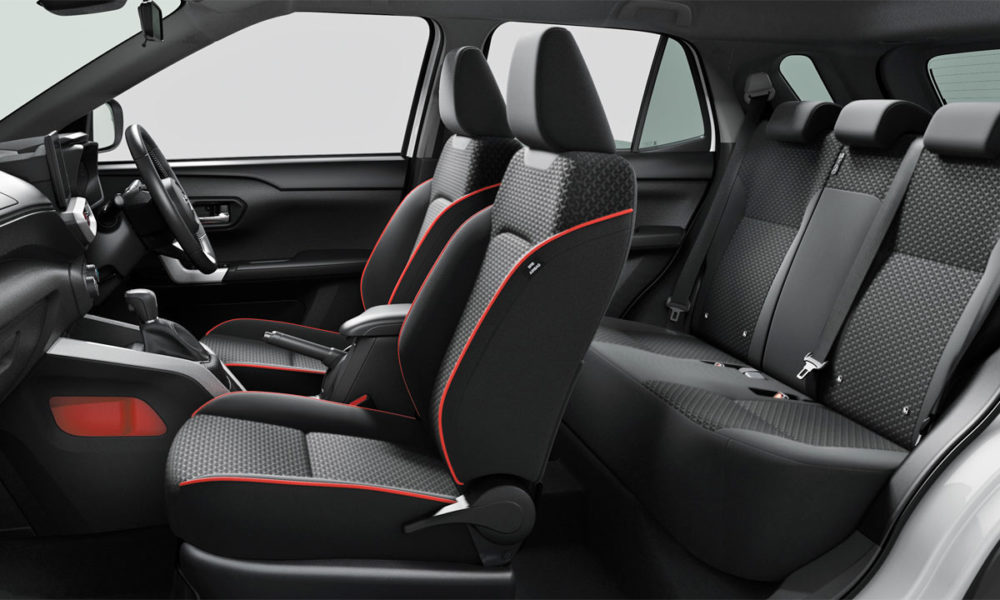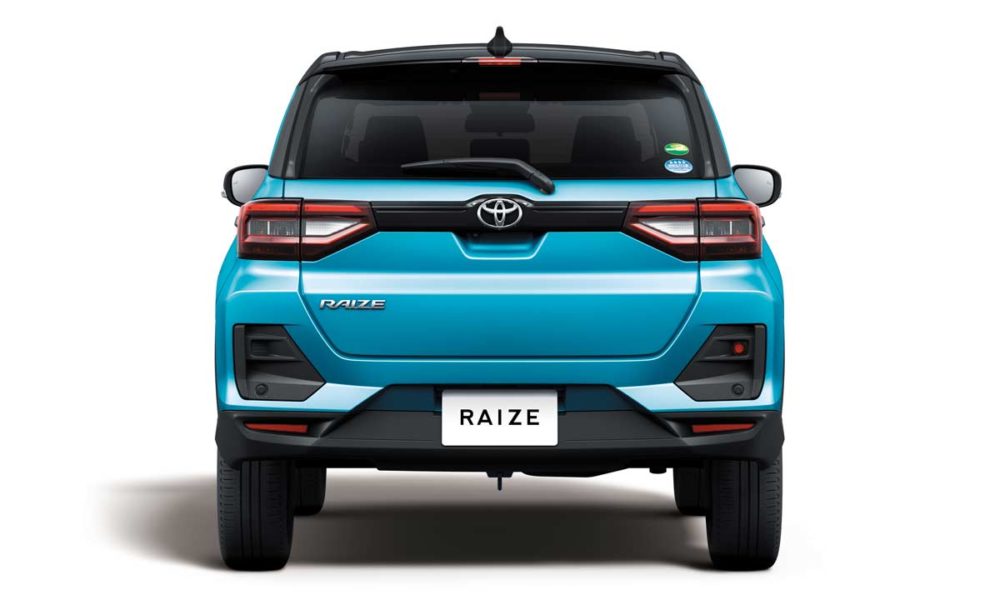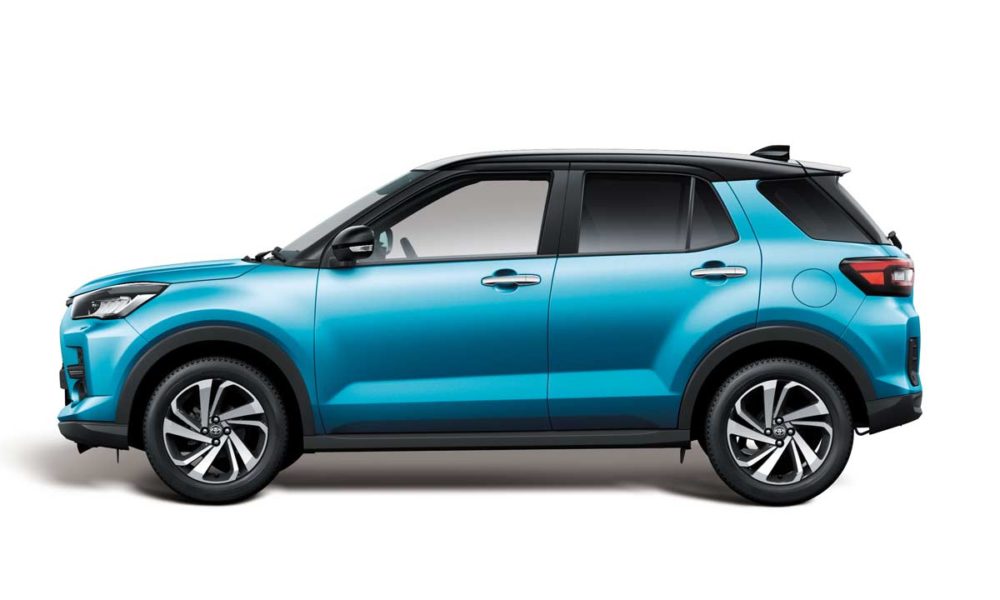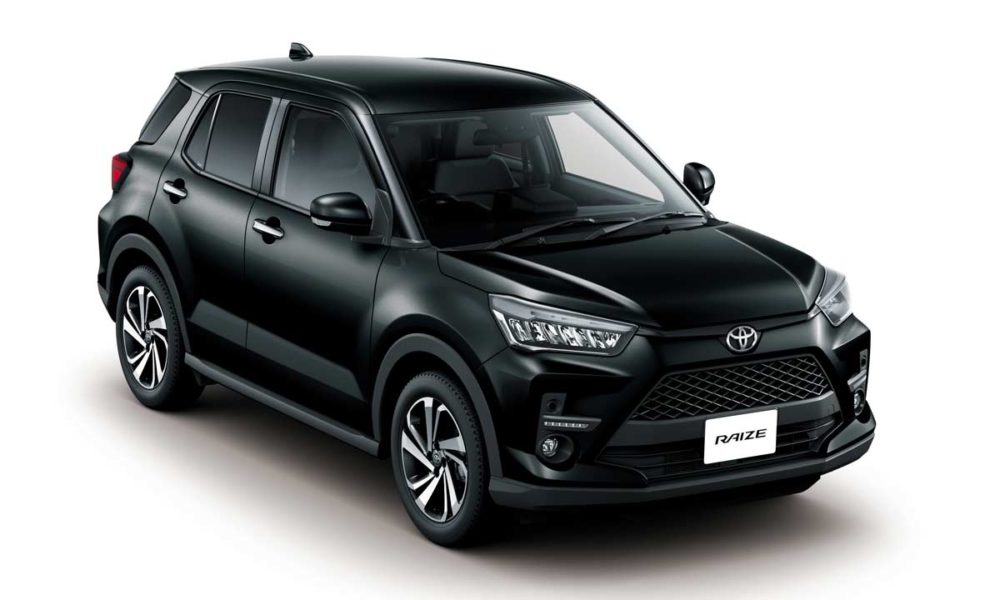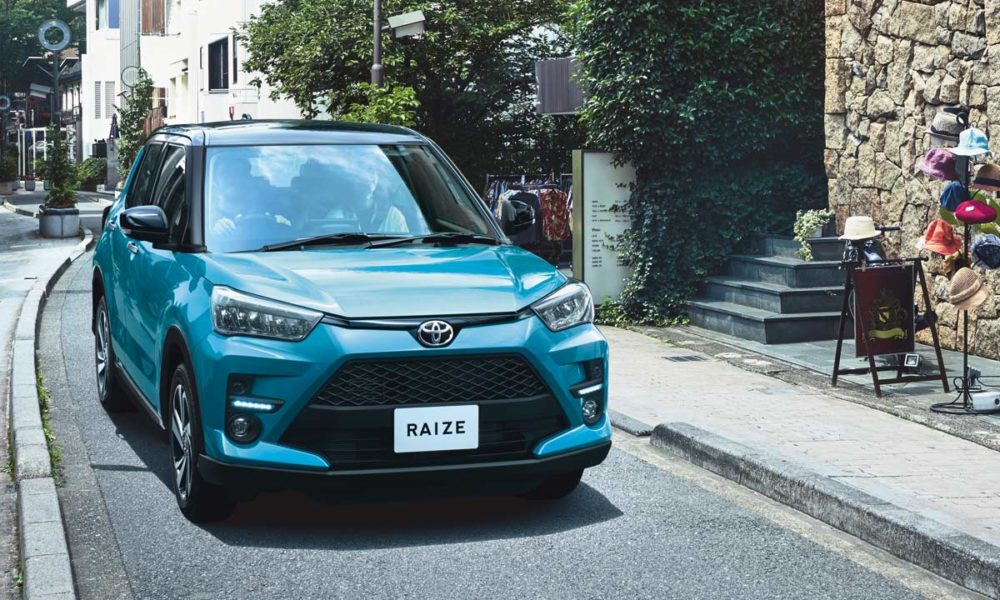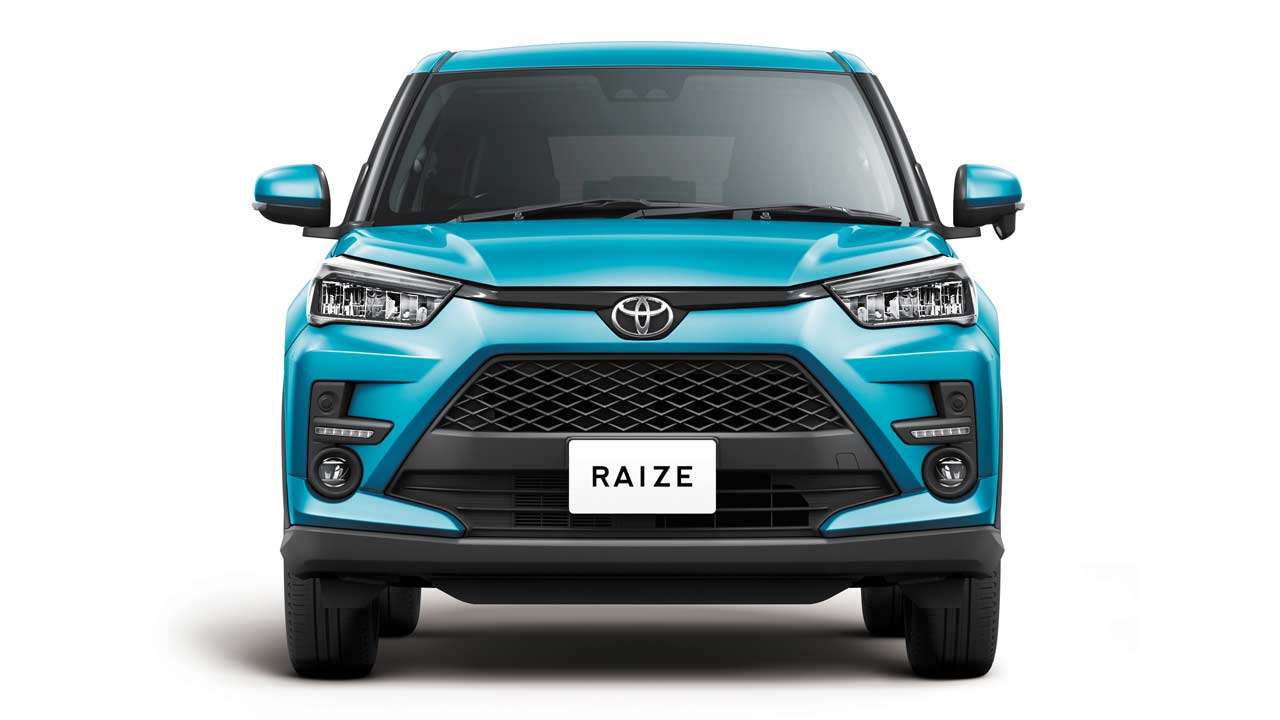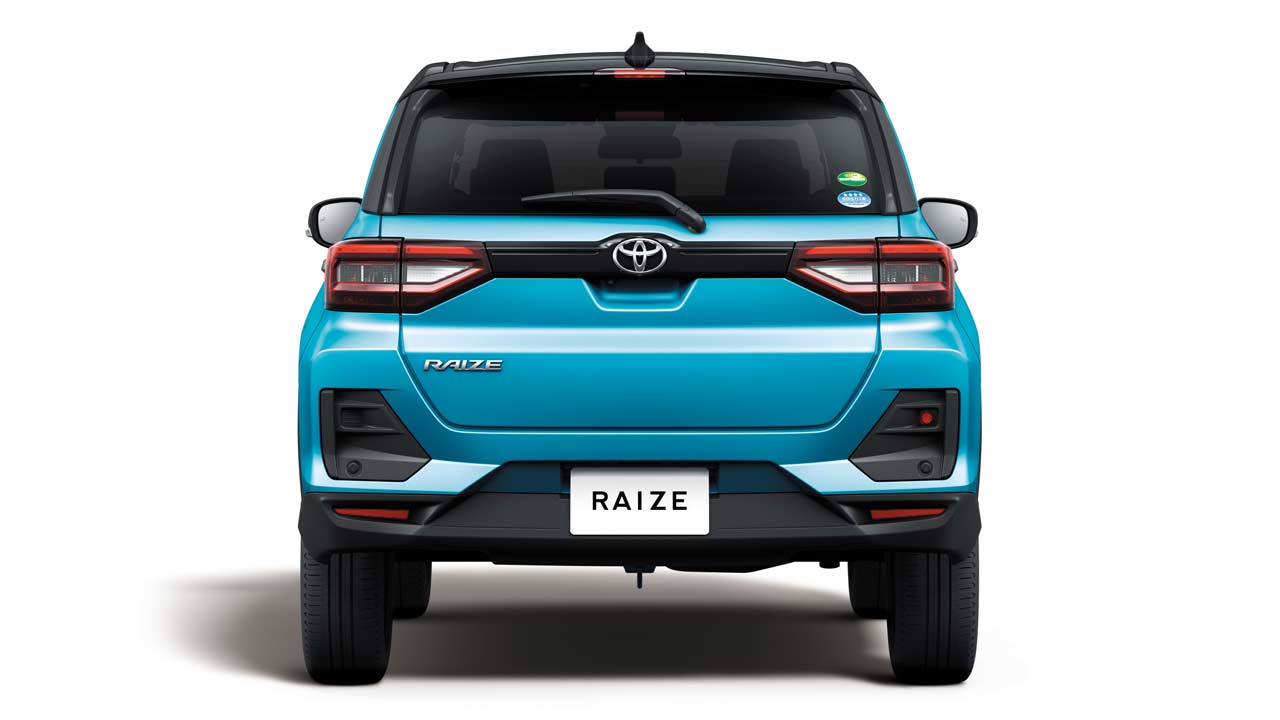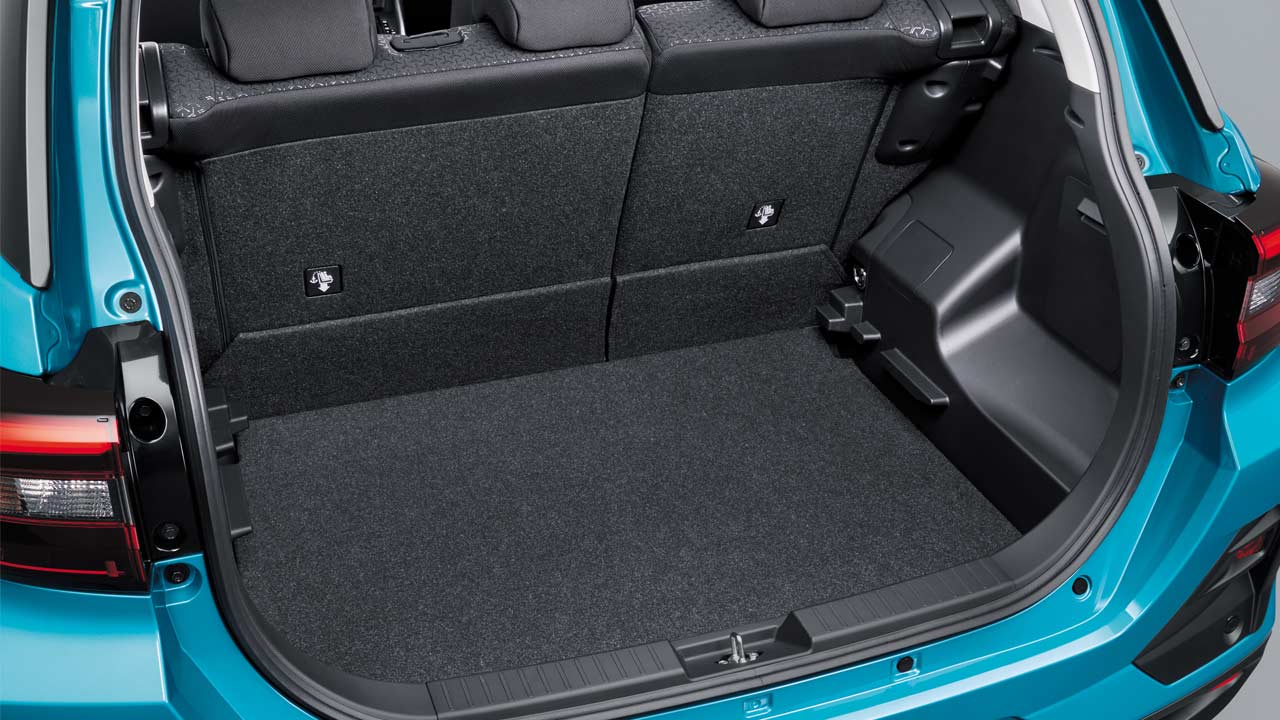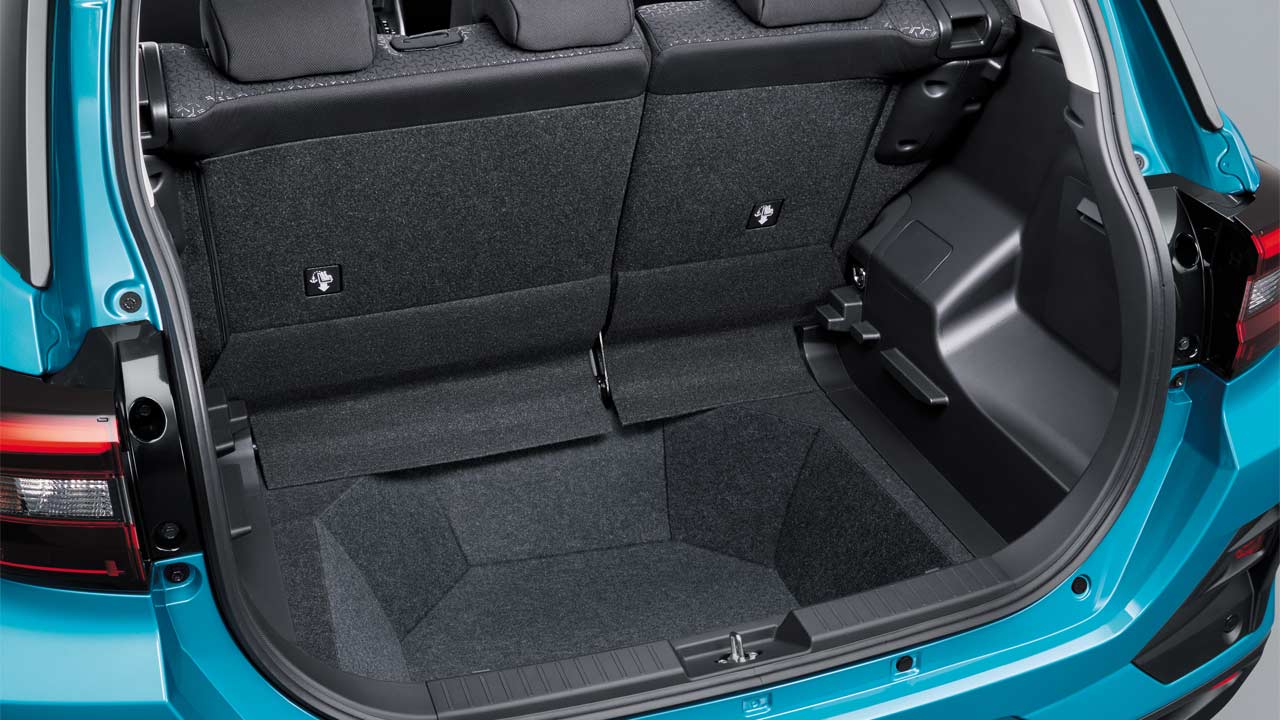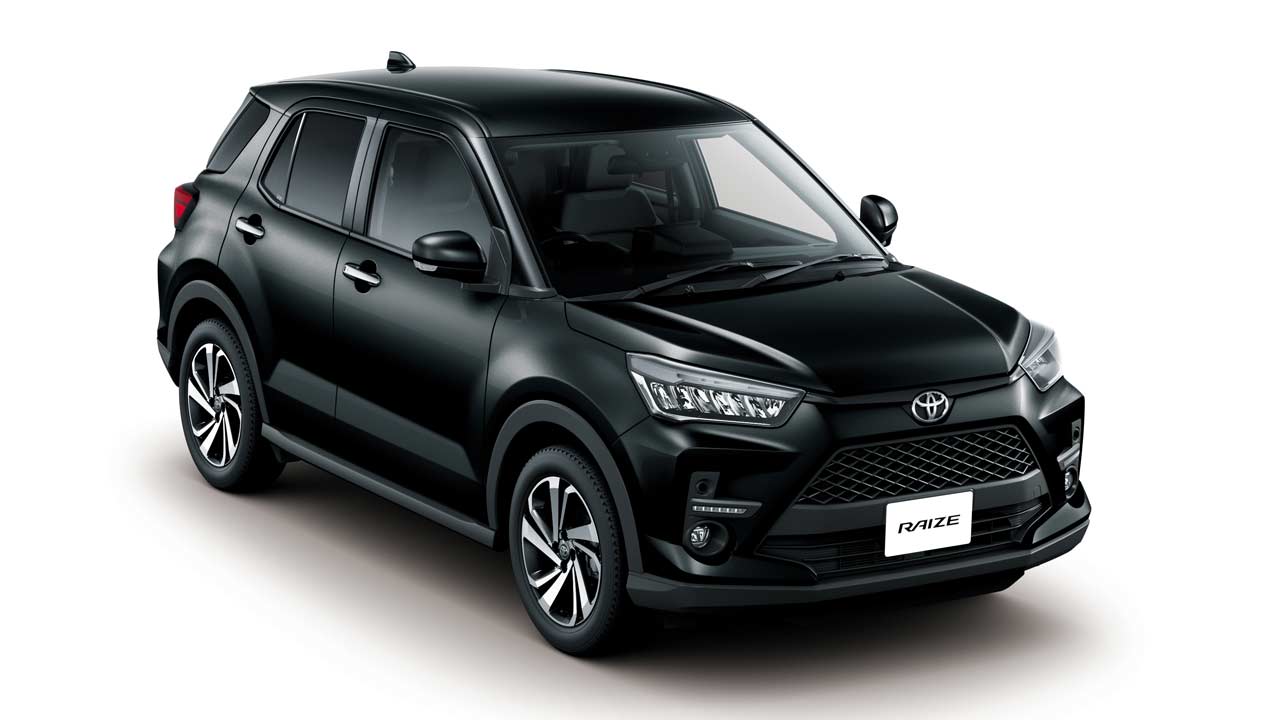Toyota’s new compact crossover ‘Raize’, which we saw in brochure leaks recently, has now made its official debut at its home country in Japan. The prices range between ¥1,679,000 to ¥2,282,200 ($15,380 to $20,900 or Rs 10.88 lakh to Rs 14.79 lakh).
The compact SUV measures less than four meters in length, a segment that is hugely popular in countries like India due to tax and pricing benefits. If you’re interested to know the numbers, the Raize measures 3,995 mm in length, 1,695 mm in width and 1,620 mm in height. Wheelbase measures 2,525 mm, which is more than its possible direct rivals in India, the Brezza and Venue.
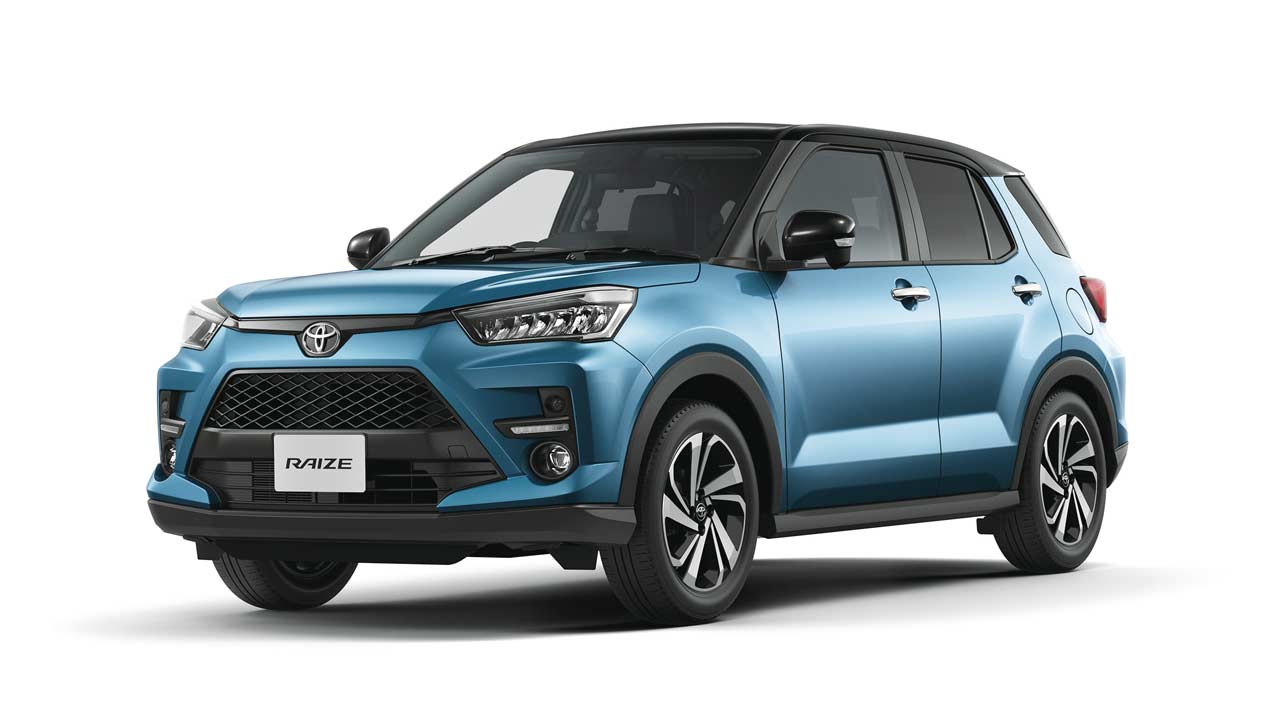
As mentioned in the previous post, the Raize is the production version of the Daihatsu DN TREC concept of 2017. Daihatsu’s version of the new Raize is called ‘Rocky’. We can see the design elements of the front fascia borrowed from its bigger siblings such as the new RAV4.
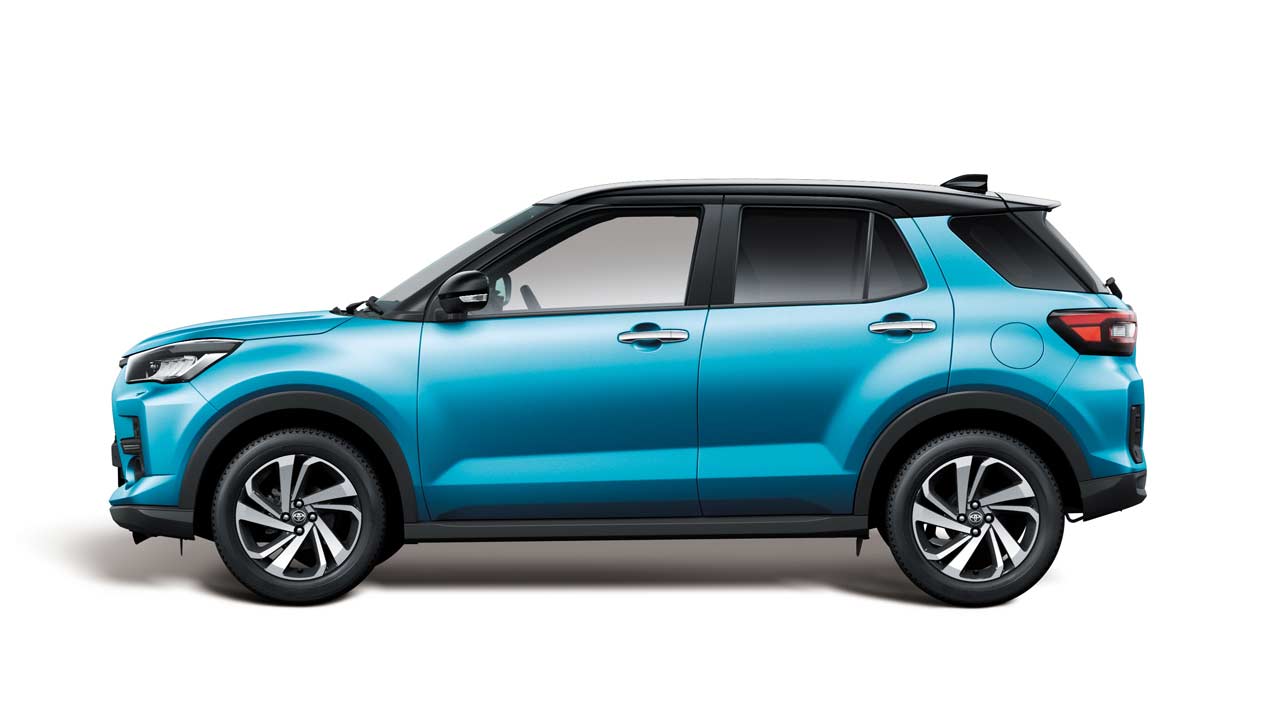
Despite being under 4 meters in length, the Raize manages to look proportionate and stylish, thanks to the design elements such as the dual-tone paint scheme, blacked-out A- and B-pillars, sharkfin antenna, integrated rear spoiler, and wrap-around rear windscreen. Adding to the looks are those 17-inch aluminum wheels. Other exterior features include LED headlights and sequential turn signals.
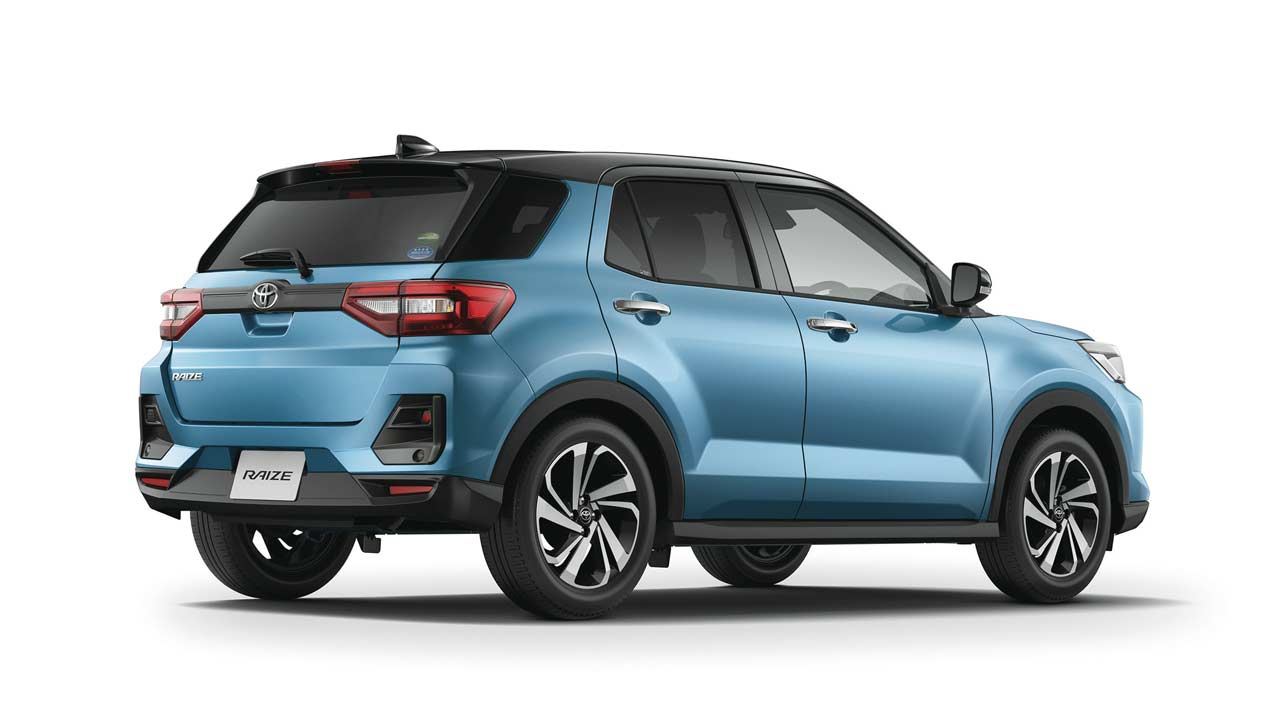
A total of 8 body colors are available, including a new Turquoise Blue Mica Metallic. As for the two-tone combinations, there are 3 choices available including the Turquoise Blue Mica Metallic with Black Mica Metallic roof. Toyota is targeting to sell 4,100 units in Japan, and it does look like it’s an easy job for the Raize.
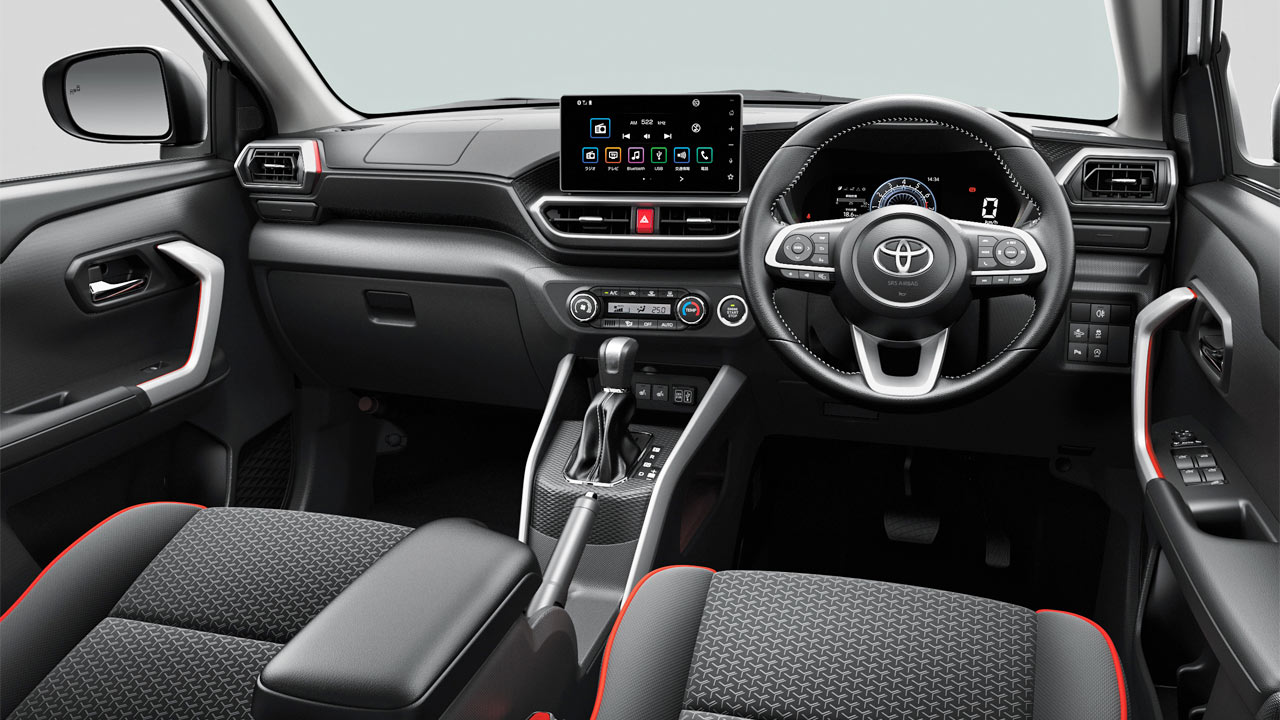
The interiors look equally stylish with a driver-focused layout. The photos here feature the top-of-the-range variant; you can also see the base model interiors on my Instagram.
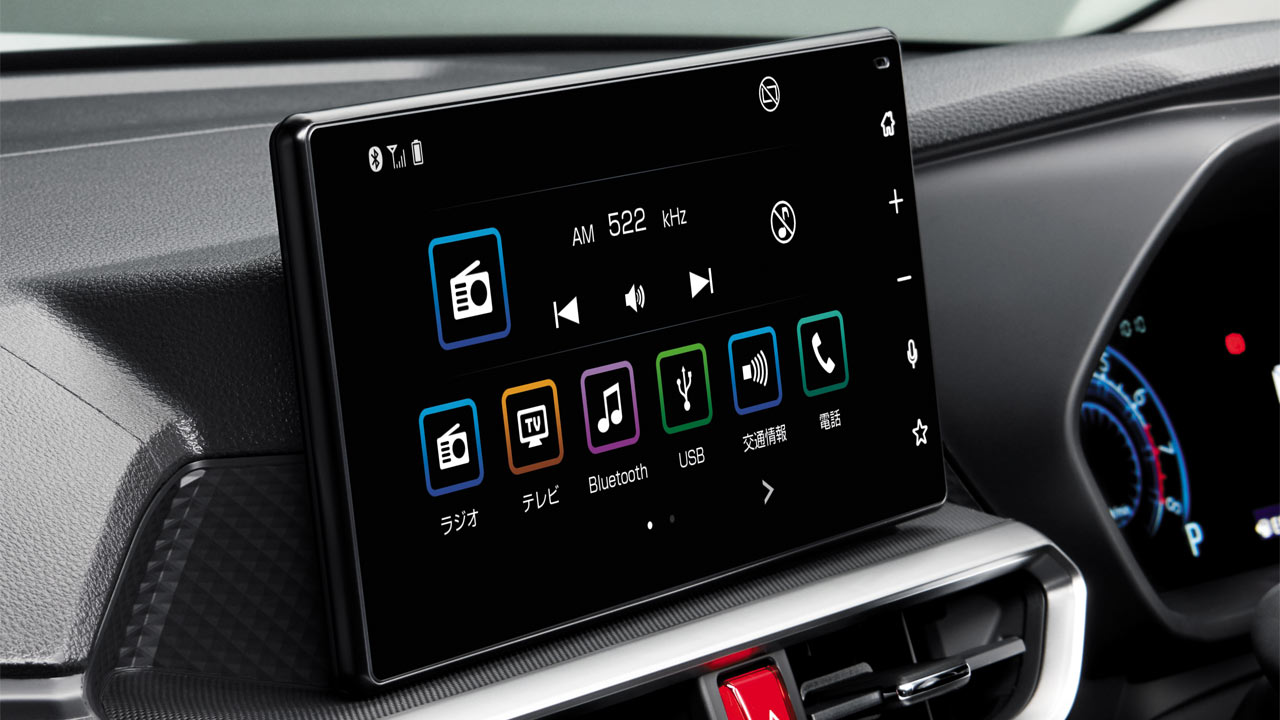
In place of a 9.0-inch touchscreen infotainment system, the base model gets a plastic placeholder for a 2-DIN audio system. The 9.0-inch display is compatible with SmartDeviceLink and Apple CarPlay.
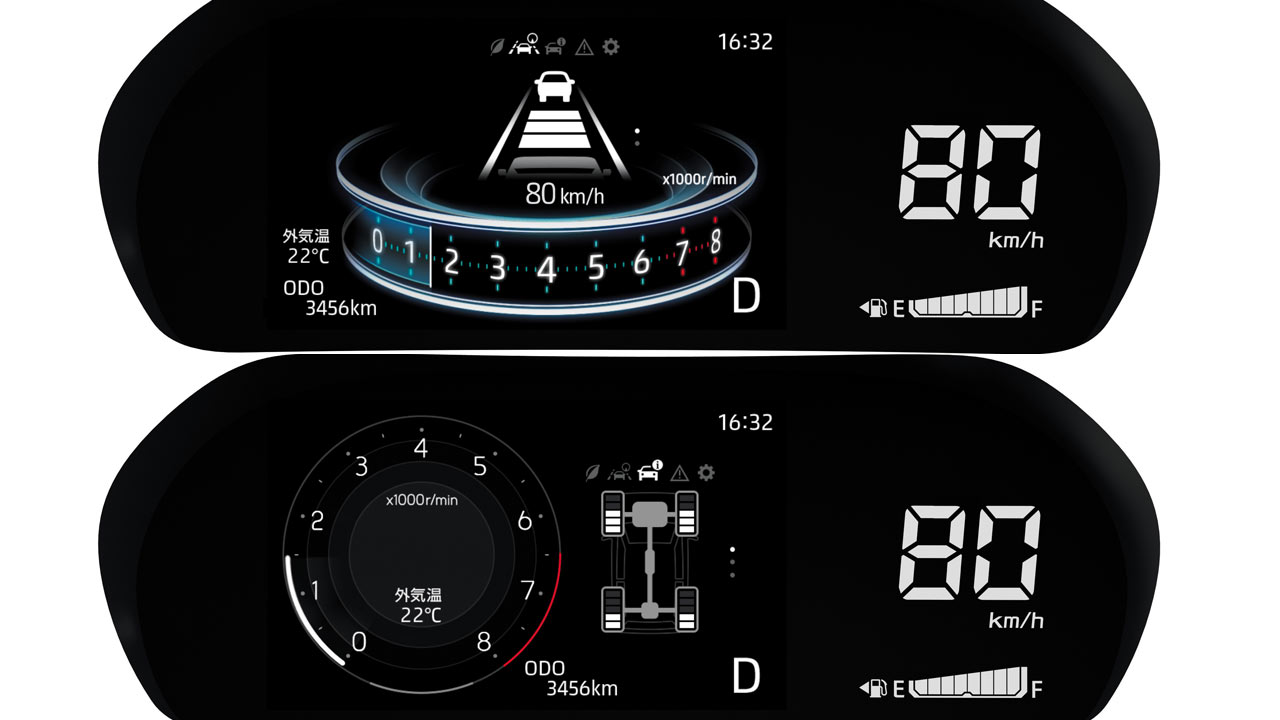
Other features include a 7-inch TFT color LCD display with four display styles, and an array of safety and assistance technologies including Adaptive Cruise Control, Collision Warning Function & Crash Avoidance Braking Function, Erroneous Start Prevention Function with braking control (crash prevention when the accelerator is mistakenly depressed instead of the brake when parking), and Smart Panorama Parking Assist. Download Toyota Raize brochure here (Japanese).
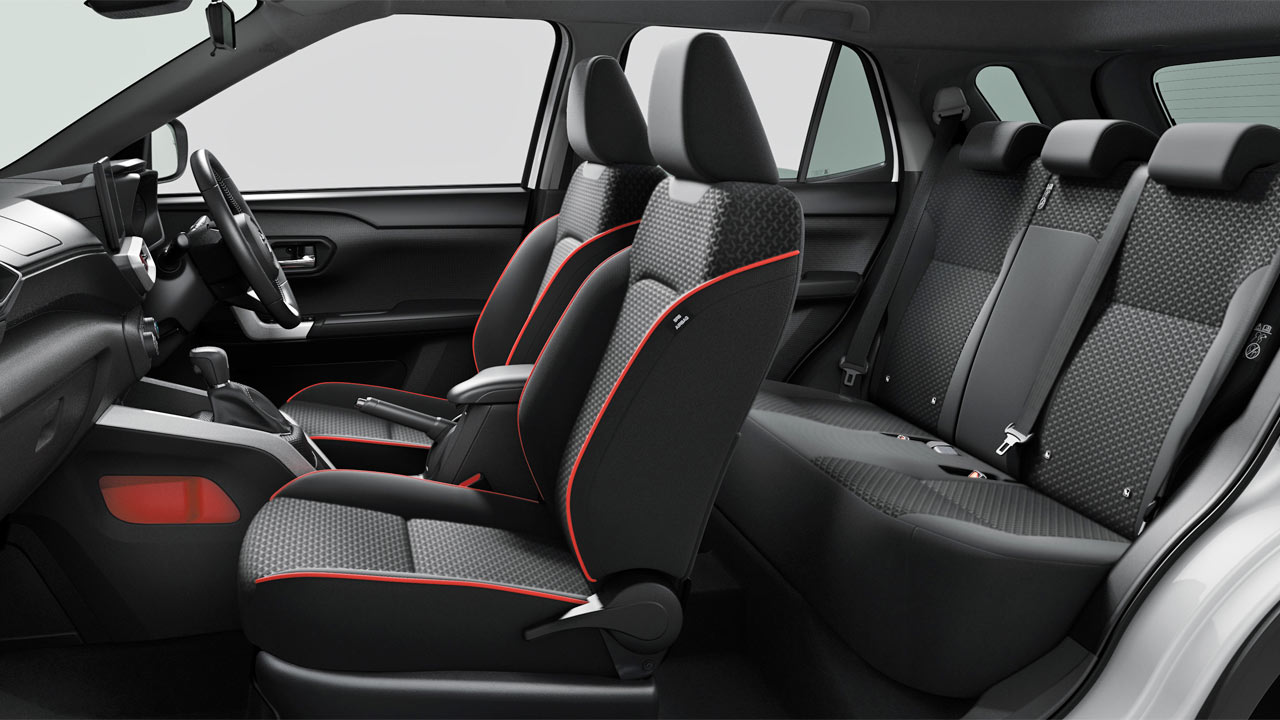
Toyota claims a plenty of space for the rear seat passengers as the distance between the front and rear seats is 900 mm. Luggage capacity is claimed to be 369 liters with all the seats up, which is a class-leading number, apparently.
As for the business end of the story, the Raize is powered by a 1.0-litre (996 cc) 3-cylinder turbocharged petrol engine (1KR-VET), with an output of 72 kW (98 hp) at 6,000 rpm and 140 Nm of torque between 2,400 to 4,000 rpm. The engine is paired to a CVT. Download Toyota Raize spec sheet here (Japanese).
The CVT is not just any CVT; Toyota calls it D-CVT―used in a Toyota vehicle for the first time. It adds split gears to existing CVT belt drives, and uses both belt and gear drives at high speeds for improved transmission efficiency, Toyota said. The gear-ratio range has also been expanded to provide powerful and smooth acceleration at low speeds, and fuel-efficient and quiet performance at high speeds, the company added.
The Raize is available in 2WD or AWD variants. The latter models are equipped with Dynamic Torque Control, which distributes torque to the rear wheels depending on the conditions.
In Japan, Toyota is also offering a subscription service from November 12, 2019. The KINTO ONE monthly subscription for the new Raize starts at ¥39,820 (including taxes), which will cover the price of the vehicle as well as necessary expenses such as voluntary insurance beyond the basic mandatory insurance.
The Raize will be produced by Daihatsu at Shiga (Ryuo) plant.

Leave a Reply
Note: Comments that are unrelated to the post above get automatically filtered into the trash bin.
